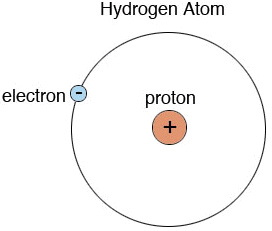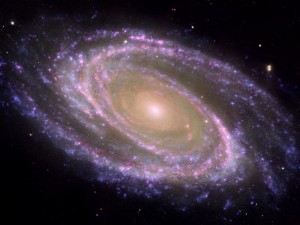It is for the first time that in a galaxy which is more than five billion light years away, an international team of scientists has been able to detect a faint signal emitted by hydrogen gas. Earlier they could detect only half the distance that is galaxy’s that are around two and half to three billion light years away.

In US, the team made the use of Very Large Array radio telescope belonging to the National Radio Astronomy Observatory and observed the radio emission from hydrogen in a distant galaxy. In their observation they discovered that it would have contained billions of young, massive stars which are surrounded by clouds of hydrogen gas. Hydrogen is the most abundant element found in this universe. It is an important raw fuel essential for creating stars. Astronomers use hydrogen not only to detect but also to understand the composition of other galaxies. But unfortunately till now, radio telescopes have only been able to detect the emission signature of hydrogen from those galaxies which are comparatively near to them.

The lead author, Dr Ximena Fernandez from Rutgers, the State University of New Jersey said due to the upgrade of the Very Large Array, this is the first time we’ve been able to directly measure atomic hydrogen in a galaxy this far from Earth. He added that these signals would have begun their journey before our planet even existed, and after five billion years of travelling through space without hitting anything, they’ve fallen into the telescope and allowed us to see this distant galaxy for the very first time. According to IANS, in a paper published in the Astrophysical Journal Letters it is said that it is fast becoming more about the data and how you move, store and analyse vast volumes of information.


